
On 14 April 1964, an Atlas D rocket lifted off from Cape Kennedy, Florida, bearing the first Flight Investigation Reentry Environment (FIRE) payload. Project FIRE was intended to gather data on Earth atmosphere reentries at lunar-return speed – about 36,000 feet per second (fps) – to aid Apollo Program engineers in developing the heat shield for the conical Apollo Command Module (CM) (image above). Project FIRE, initiated in 1962 and managed by NASA’s Langley Research Center in Virginia, focused mainly on testing instrumented model CM capsules in environment simulation chambers. Engineers realized, however, that there would be no substitute for data gathered in the spaceflight environment.
By the time the first Project FIRE test mission began, NASA engineers had a considerable mass of data on blunt-body reentry from low-Earth orbit (LEO). The first object recovered following reentry from LEO was the Discoverer 13 capsule on August 11, 1960, and four Mercury astronauts had returned from LEO by the end of Project Mercury in November 1963. A typical Earth-orbiting spacecraft enters the atmosphere moving at “only” about 25,000 fps, however, and engineers were not fully confident that they could extrapolate the effects of reentry at lunar-return speed from the LEO reentry data.
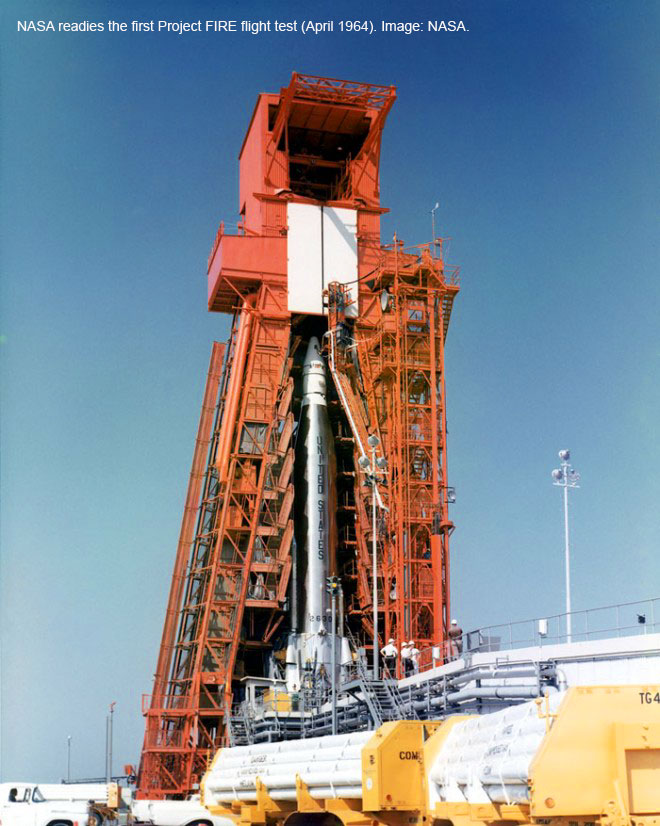
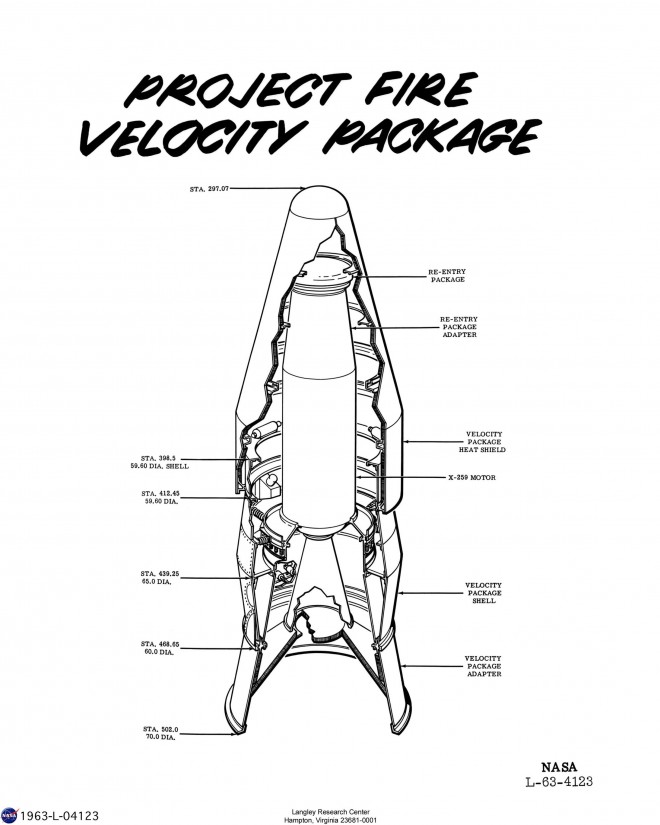
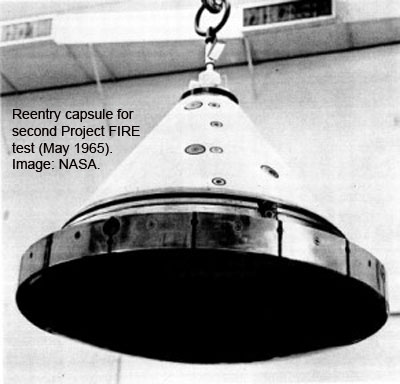
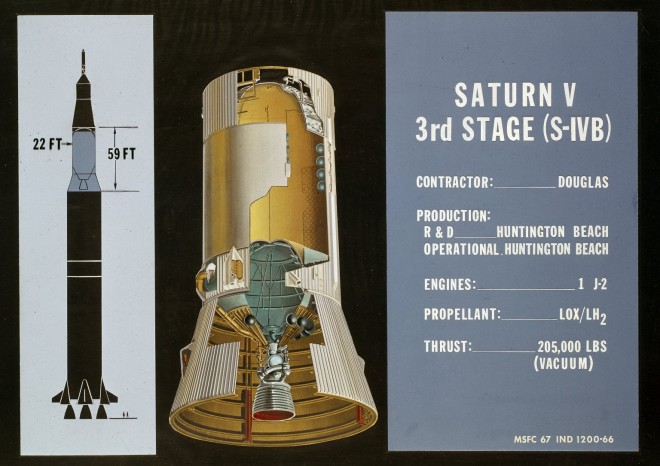
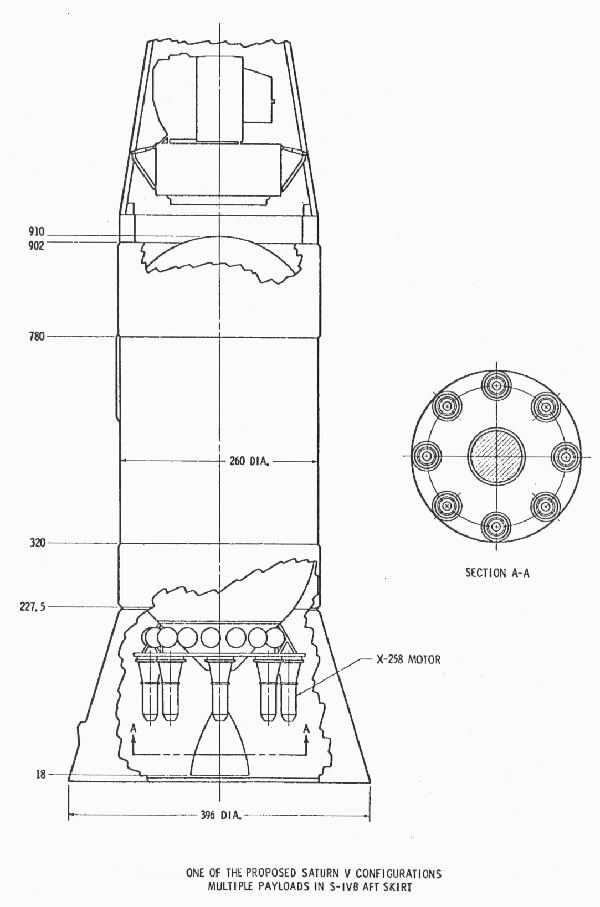
Mehr darüber hier: http://www.wired.com/wiredscience/2012/07/interplanetary-reentry-tests-1966/
7085 Views
